
Portrait Painting for Sale
Save your search and find it in your favorites
Save your search to find it quickly
Saved search
Your search is accessible from the favorites tab > My favorite searches
Unsaved search
A problem occurred






Vers la lumière
Benjamin Vitrol Vautier Alvarez
Painting - 73 x 54 x 1 cm Painting - 28.7 x 21.3 x 0.4 inch
$580


Temptations of Elena
Galia Chuntova
Painting - 100 x 50 x 2 cm Painting - 39.4 x 19.7 x 0.8 inch
$1,450

Lovely Meeting
Siranush Vardanyan
Painting - 90 x 70 x 1 cm Painting - 35.4 x 27.6 x 0.4 inch
$1,160 $1,044
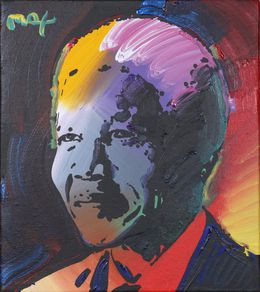


Fragmented Cinematic life
Robert van Bolderick
Painting - 76 x 56 x 0.3 cm Painting - 29.9 x 22 x 0.1 inch
$1,102

Dreams are my reality
Robert van Bolderick
Painting - 76 x 56 x 0.3 cm Painting - 29.9 x 22 x 0.1 inch
$1,102









Diva au violon 2
Christiane Guerry
Painting - 100 x 50 x 2 cm Painting - 39.4 x 19.7 x 0.8 inch
$1,392

A Look Inside the Mirror
Nazar Ivanyuk
Painting - 38 x 32 x 0.2 cm Painting - 15 x 12.6 x 0.1 inch
$928

Self Portrait While Painting
Nazar Ivanyuk
Painting - 78 x 43 x 0.2 cm Painting - 30.7 x 16.9 x 0.1 inch
$1,276
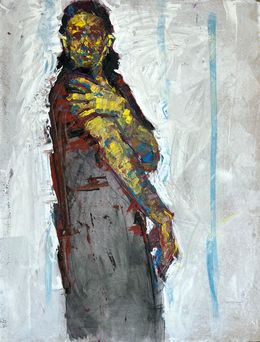
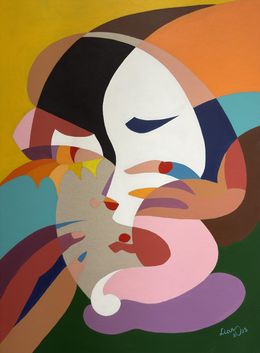


Le Soutien, peinture de Christophe Hohler
Christophe Hohler
Painting - 151 x 131 x 6 cm Painting - 59.4 x 51.6 x 2.4 inch
$9,974

Le Randonneur, peinture de Hohler
Christophe Hohler
Painting - 151 x 131 x 6 cm Painting - 59.4 x 51.6 x 2.4 inch
$9,974






Golden Hour’s Sun
Nazar Ivanyuk
Painting - 60 x 48 x 0.2 cm Painting - 23.6 x 18.9 x 0.1 inch
$1,276
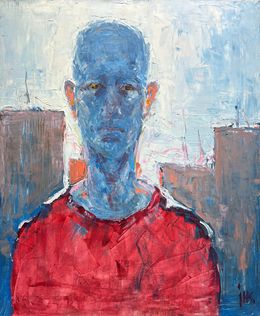



A Man in Orange Cap
Nazar Ivanyuk
Painting - 45 x 35 x 2 cm Painting - 17.7 x 13.8 x 0.8 inch
$1,021




Kiss my chrysanthemums
Vikki Drummond
Painting - 102 x 76 x 4 cm Painting - 40.2 x 29.9 x 1.6 inch
$1,229





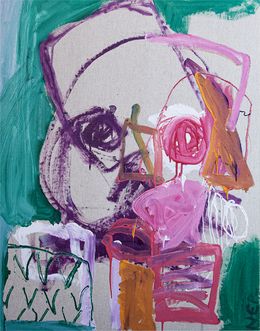

Paysage d'Occitanie à l 'aube
Christine Desplanque
Painting - 80 x 80 x 2 cm Painting - 31.5 x 31.5 x 0.8 inch
$1,113






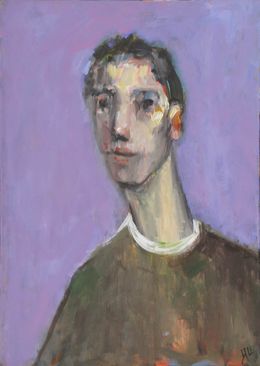


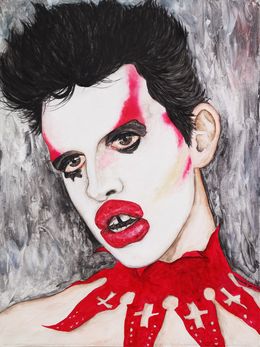





Desire for what might have been
Ramonn Vieitez
Painting - 42.4 x 30 x 0.3 cm Painting - 16.7 x 11.8 x 0.1 inch
$1,500


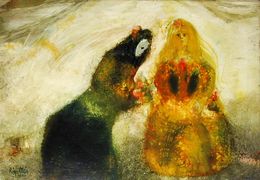

Portrait of a Woman in Yellow
Juan Ripolles
Painting - 38.1 x 55.9 x 2.5 cm Painting - 15 x 22 x 1 inch
$7,500


Woman with Flowers III
Juan Ripolles
Painting - 45.7 x 25.4 x 2.5 cm Painting - 18 x 10 x 1 inch
$6,000


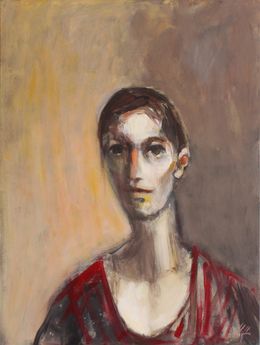





Contemporary portrait "At Night"
Nataliya Bagatskaya
Painting - 80 x 60 x 1.5 cm Painting - 31.5 x 23.6 x 0.6 inch
$1,508

Portrait d'une mariée majestueuse
Ibrahima Barry
Painting - 100 x 80 x 3 cm Painting - 39.4 x 31.5 x 1.2 inch
$1,450



Senteur florale au rouge baiser
Christy
Painting - 55 x 46 x 2 cm Painting - 21.7 x 18.1 x 0.8 inch
$1,624





Las pirañas de mi vida
Dimitris Pavlopoulos
Painting - 159 x 150.1 x 4.6 cm Painting - 62.6 x 59.1 x 1.8 inch
$5,300

Disco duro
Dimitris Pavlopoulos
Painting - 119.9 x 95 x 4.6 cm Painting - 47.2 x 37.4 x 1.8 inch
$5,000

Anonimo pank
Dimitris Pavlopoulos
Painting - 116.6 x 99.8 x 4.6 cm Painting - 45.9 x 39.3 x 1.8 inch
$4,000



Discover the styles & movements
Discover the selection of our experts
Portrait Painting for Sale
Portraiture is one of the most important subjects in painting. The discipline has changed significantly over time and has a fascinating history.
In antiquity, portraits were exclusively reserved for gods and the most influential people in society. Paintings and statues representing the bodies of the deceased were erected to decorate tombs in Egypt. They weren't realistic but rather had a very standardized way of representing each part of the body.
In contrast to the Egyptians, painters and sculptors in Greece, who had a more in depth knowledge of the human anatomy, were more concerned about realism. Many portrait paintings from this period were done on vases and depicted gods and mythological scenes.
In the Middle Ages, most portraits paintings were commissioned and featuring the most important people of the time; they were painted into religious scenes to emphasize their piety and faith, along with their social status. Once these works of art had been painted, they were often donated to churches and monasteries.
The Renaissance marked a renewal for the arts and portrait painting was no exception. At the beginning of this period, artists were unconcerned about lifelike, realistic work. Sitters or the subjects represented were identifiable through the use of symbolic objects and the inclusion of their name.
Giotto revolutionized portraiture by imitating sculpture. He began to paint shadows, the subjects' expressions, effects of depth and began to use foreshortening. His knowledge soon began to spread.
Brunelleschi then introduced the idea of perspective in architecture, a concept which Masaccio adapted to painting. Italy became the center of portrait painting and the most important Italian families (including the Médici family) commissioned artwork by the best painters. Competition between these painters led them to innovate and led them to produce some of the greatest artworks in history. The most famous is undoubtedly the Mona Lisa by Leonardo de Vinci.
In Northern Europe during the 16th century, Flemish art was restricted by iconoclasm during the Reformation, a period during the depiction of religious figures was banned. Artists turned to courtly art which was particularly popular during the following centuries. A century earlier, Flemish art had marked a turning point with Jan Van Eyck, the inventor of oil painting (the preferred painting technique of Renaissance painters) and master of detailed realism, who influenced an entire generation of Flemish painters.
Over the following centuries, portrait painting continued to be an art form for the elite of society, but painters grew increasingly concerned about depicting realistic figures and communicating the sitter's inner world and emotions. The 20th century saw a growing trend: subjects were not painted to look beautiful (sometimes to their great dismay).
At the end of the 19th century, Impressionist painters became less reliant on sculpted models and sculpture's influence. They left their studios and painted portraits outside, “en plein air." They captured the light as they saw it and painted groups of people together rather than in in several stages.
Modern and contemporary art of the 20th century saw anything go when it came to portraits. Artists like Gustav Klimt, Pablo Picasso, Paul Gauguin and Lucien Freud turned traditional techniques and codified rules on their heads and developed their own unique styles.
Discover portraits by Philippe Pasqua, Robert Combas, Guangyu Dai and Erró on Artsper.
A portrait painting is a painted artwork that depicts a person. A portrait painting usually depicts the upper body of a sitter, for example from the shoulders up.
A portrait can be created in various different art styles and forms, including sculpture, painting and drawing.
A portrait can be considered a good work of art for a variety of reasons, including its handling of light, tone and color, its likeness to the person it represents, or its expression of emotion.














































